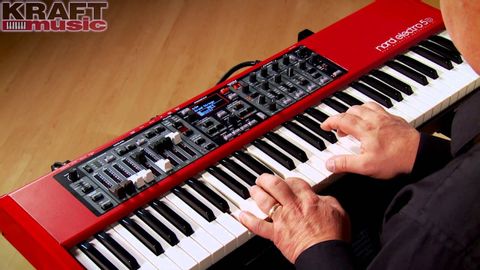
字幕と単語
Kraft Music - Nord Electro 5 Keyboard Demo with Chris Martirano (Kraft Music - Nord Electro 5 Keyboard Demo with Chris Martirano)
00
songwen8778 が 2021 年 01 月 14 日 に投稿保存
動画の中の単語
split
US /splɪt/
・
UK /splɪt/
- adj.決別した;割れた;対立の
- v.t./i.真っ直ぐに切って分けられる;割れる;対立する;分割する;公平に分ける
- n. (c./u.)対立;分離
A2 初級
もっと見る great
US /ɡret/
・
UK /ɡreɪt/
- adv.非常によく : すばらしく
- adj.大きい;重要な;すばらしい;素晴らしい;上手な;大
- n. (c.)偉大な : 卓越した
A1 初級TOEIC
もっと見る change
US /tʃendʒ/
・
UK /tʃeɪndʒ/
- v.t.着替える;両替する;取り替える;変える : 変わる;乗り換える
- n. (c./u.)着替えの服一式;小銭;おつり;変化 : 変更
A1 初級
もっと見る エネルギーを使用
すべての単語を解除
発音・解説・フィルター機能を解除
